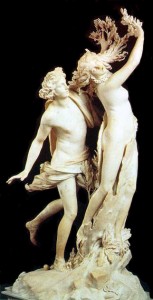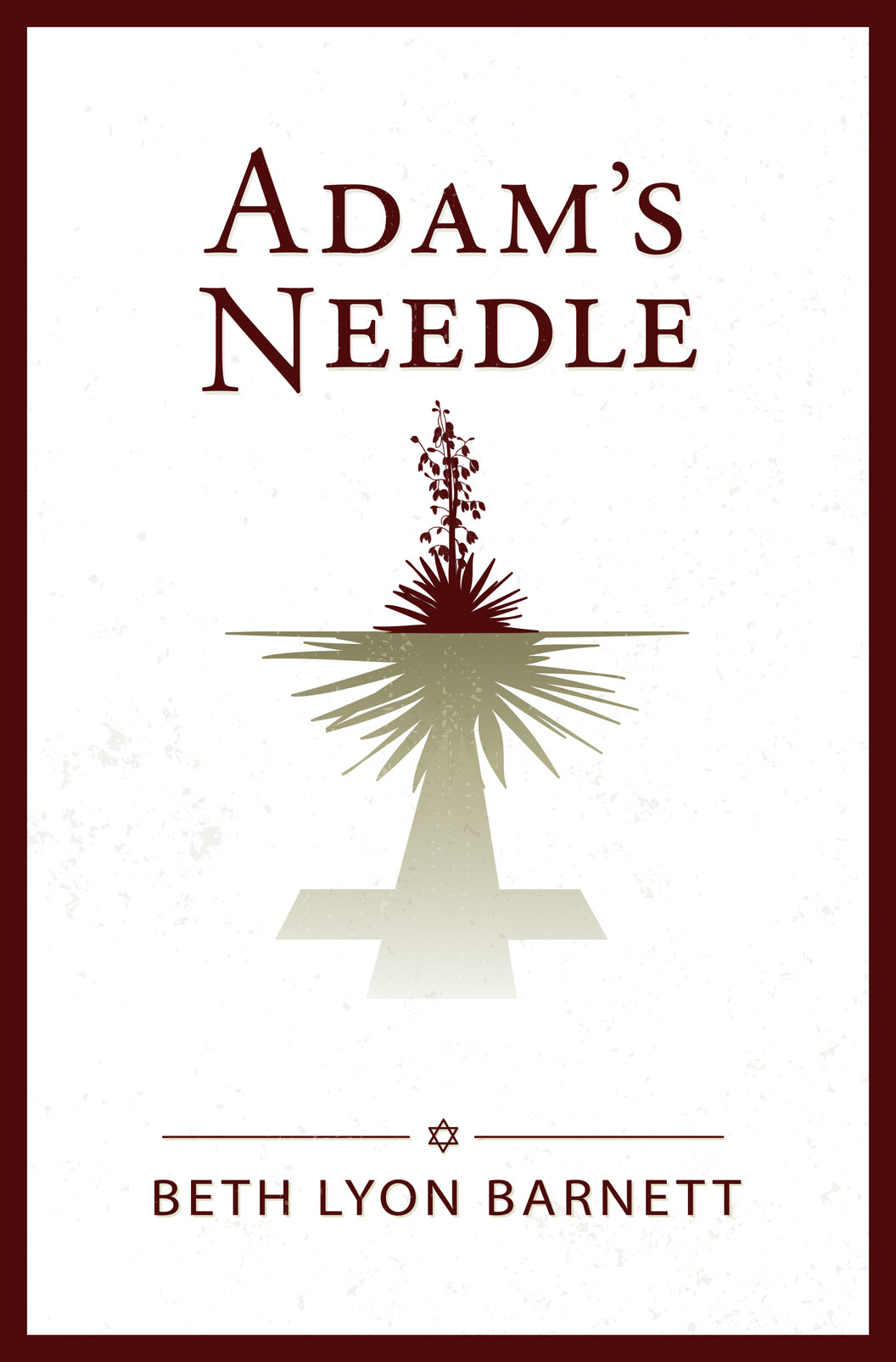Pinky Says: ROME
There is a new book I simply have to own. It is written by Robert Hughes, an art critic who uses words so magnificently and so wittily that he is famous for his long career of passionate opinions. The new book is entitled ROME-A Cultural, Visual, and Personal History. Hughes is not the stuff of classical art history scholars, but he is capable of prodigious energies and enthusiasms and he is a past master of the well turned phrase. He is not only eloquent; he is also courageous and forthright in his opinions. And so this essay must of necessity take direct quotes of Hughes’ personal history writing in order to give full meaning to the excitement I feel as I turn the pages.
Robert Studley Forrest Hughes was born, raised and educated in Australia. Law was the family business through three generations but it did not excite him. He has been described as knowledgeable, sensible, passionate, lucid, unpretentious and most importantly, witty. He concentrated on the visual arts and architecture. His books on Barcelona and Goya as well as on Australia have delighted his audience . He has been the art critic for TIME as well as a documentary film maker and he has lived in the USA for most of his adult life.
What astounds many of his critics is that he finds new observations to make about Rome, a city that has been observed, discussed, praised, and vilified for over 2000 years. The reader sits and nods in recognition of the validity of his complaints about Rome’s traffic or the thousands of tourists pouring into and out of the Vatican and the Sistine Chapel. He cites Caravaggio’s portrayal of beautiful young Italian boys and describes them with “hair like black ice cream”. Another entry about the Cathars, a heretical sect in southern France whose members were massacred in the Albigensian Crusade, is commented upon thus, “One might have thought that such mild people presented about as much threat to society as a gaggle of vegans–whose spiritual ancestors, in a sense, they were.” There is a description of a mural depicting gory martyrdom as “a kind of Sistine Chapel for sentimental sadists.” Hughes even has a snide understatement about the cruelty of Nero toward the citizens of Rome and even his own family, “Even without the accusations of arson, Nero’s treatment of others, including his own family, was to, put it mildly, defective.”
This is a complicated narrative of the mythological founding of Rome which Hughes takes the reader through and it explains the rise and fall of Rome as well as well as shepherding the reader throgh the Middle Ages, the Renaissance, and the Baroque. Particularly fascinating is the passage on Bernini’s Baroque Apollo and Daphne. Apollo, the god of light and unmarried men, is desirous of a carnal relationship with Daphne, a chaste nymph. In the tempestuous battle between chastity and sexual desire Daphne begs to be saved. “Nobody had tried to illustrate in sculpture things in transition, to convey what was incomplete or in the very process of change. Yet we do see the change from girl to tree happening before our eyes; the bark enveloping and encasing her lithe body; softness giving way to ligneous toughness; movement turning into rootedness. Moreover, the sculpture seems to defy what we know is the chief property of stone: its brittleness.” In another critical estimate Hughes depicts the death of Germanicus with the man’s face turned away so that his expression is not revealed; he says this is “Poussin’s way to suggest that this death is not a private issue but one of history itself”.
When Hughes takes Rome into the modern era he makes comparisons between Mussolini and Hitler that are difficult to absorb “what you saw with Mussolini was what you got. The Italians admired his courage, which was not in doubt. He was clearly not in politics for personal gain; he cared nothing for money or domestic comfort….He had no middle-class background; he was wholeheartedly patriotic and genuinely male.” Then to bring the book up to the present day he complains about Italians wasting their time on soccer and overloading on bad television.
Why, you may ask, am I so enamored of the book and Hughes? To which I must respond that he and I have two important things in common–the glory and the grandeur of Rome through the ages. and a love and abiding respect for Italy. If you have been to Rome, if you want to go to Rome, even if you are not going to Rome it is a fascinating wonderful joy to read.


Leave a Reply to Bob Cancel reply